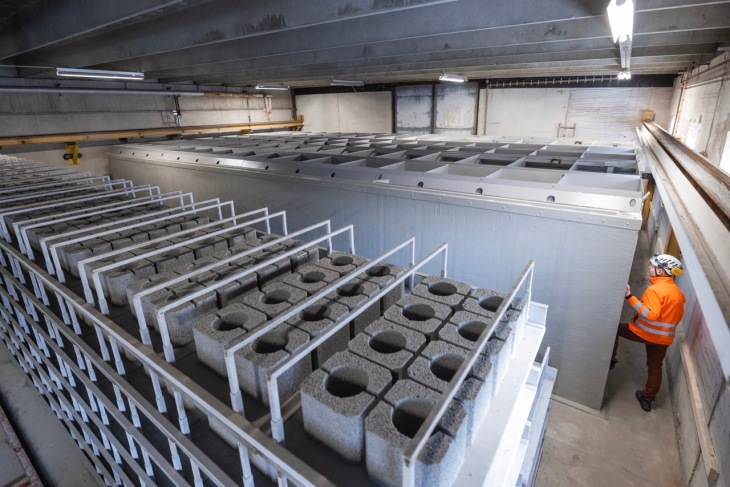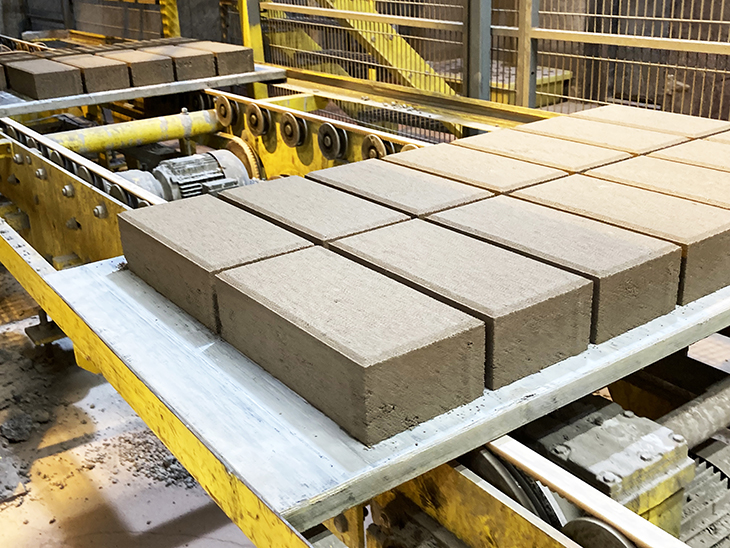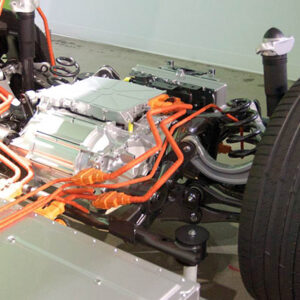
Concrete is now being produced in Finland, but what makes this unique is that it is made with a carbon-negative replacement for cement. The company behind this latest innovation hopes that their product will be able to trap more CO2 than it takes to produce during its lifecycle.
Here’s a cold, hard fact that people should know: one of the most common of human building materials, concrete, also requires one of the most carbon-intensive manufacturing methods in the world, and that’s something to think about, especially with problems attached to global warming.
Finnish materials researchers coming from VTT Technical Research Center said that their goal was to create carbon-negative concrete “before they know how to do so.” And one of the interesting things facts about concrete is that it is able to reabsorb carbon over the years. This means that there is also faster corrosion of steel reinforcements like the rebar that’s found inside.
What the company did was experiment with different substitutes. They found that slag from blast furnace smelting can be combined with bio-ash. This process allows them to replace the cement found in concrete and make use of a whole new method altogether.
During the smelting process, when the ore containing iron or copper is exposed to high temperatures, the impurities found within such as oxides of calcium, magnesium, silicon, iron, and aluminum, can then be separated from the molten metal. Once this happen, everything can also be removed. The collection of compounds that are taken out is called slag.
The powdered form of slag has the ability to absorb higher amounts of carbon than cement. This is how VTT senior scientist Tapio Vehmas explained how he and his team figured out how to suck CO2 from the air and be able to deposit it into the powered slag. Once that’s done, they put it in cast concrete in order to achieve what they want.
“We have demonstrated in the pilot unit that our technology is capable of reducing the CO2 emissions of conventional concrete by 45%,” said Vehmas. He is now the CEO of the VTT spin-out company that they called Carbonaide.
“Last autumn, we demonstrated lowering our products’ carbon footprint to -60 kg/m3 by replacing Portland cement with slag,” he explained.

However, this is more than just about scientific experimentation. Carbonaide has, in fact, already secured nearly $2 million in funding so that they are able to build a production center for its cast concrete blocks that can mineralize “up to five tons of CO2 per day.”
Concrete is one of the most-used building materials. This is why the startup is going ahead and scaling up their production capacity by 100 times. They already were able to secure the value chain to fulfill their vision.
As much as five tons of CO2 each day would be able to cover the average emissions for the business commute of as many as 415 people in their cars. That is equivalent to them commuting 15 miles to and from work on a daily basis.
What are your thoughts? Please comment below and share this news!
True Activist / Report a typo


